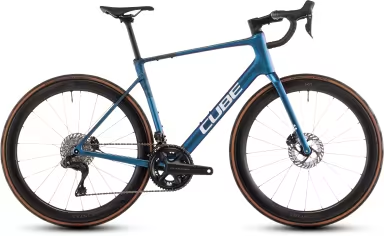Classic Bikes Frameset
14 Framesets
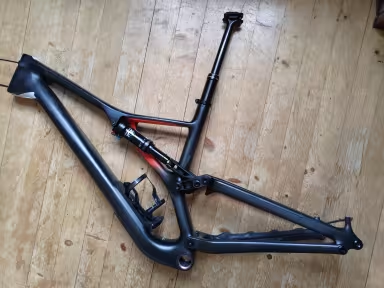
SPECIALIZED Stumpjumper Comp Carbon
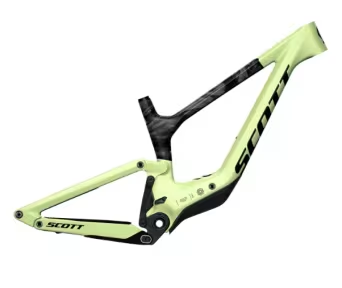
SCOTT Ransom 900 RC
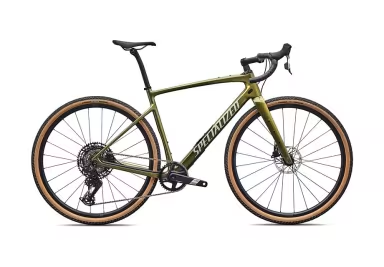
SPECIALIZED Diverge Comp
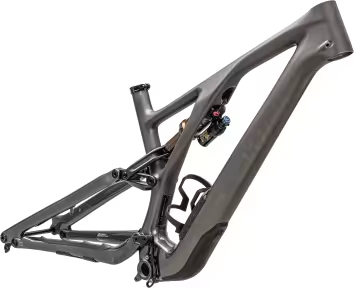
SPECIALIZED S-Works Stumpjumper Evo Frameset
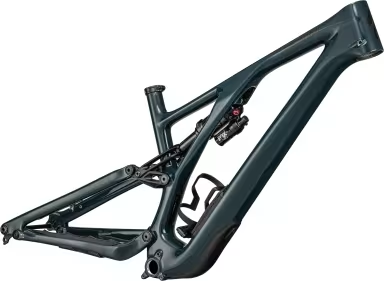
SPECIALIZED Stumpjumper EVO Frameset

SCOTT Triangle Avant Spark Rc W-C Evo 2 Cblk-S

SPECIALIZED Stumpjumper EVO Alloy Frameset

SPECIALIZED S-Works Enduro Frameset

SPECIALIZED Status 160 Frameset

ARC8 Evolve Fs

ARC8 Evolve Fs

ARC8 Evolve Fs

SPECIALIZED S-Works Epic Frameset

SPECIALIZED S-Works Epic Frameset
Buying advice for: Mountainbike: Frameset
Frame material
Mountain bike framesets are usually made of different materials. The main materials for mountain bike framesets are aluminium, carbon fibre, steel and titanium. Each material has its own characteristics in terms of weight, durability, stiffness and cost. Aluminium frames are light, stiff and relatively affordable. They offer a good balance between performance and cost and are therefore popular for entry to mid-range mountain bikes. Carbon fibre frames, on the other hand, are slightly more expensive than aluminium frames. They are characterised by their lightness, excellent strength-to-weight ratio and vibration damping. They can be designed to be very rigid for efficient power transmission and still remain comfortable on uneven terrain. Steel frames are durable, comfortable and have a reputation for providing a smooth ride. One thing to note about steel frames is that they are heavier than aluminium or carbon fibre frames. Nevertheless, they offer excellent durability and are often favoured by riders who prioritise comfort and durability over weight. Titanium frames combine the robustness of steel with the lightweight properties of aluminium and carbon fibre. They are characterised by their strength, corrosion resistance and their ability to counteract impacts. Titanium frames are generally very expensive and are therefore often found on high-end mountain bikes.
Frame types
There are two basic types of MTB frames that are frequently used: hardtail frames and full-suspension frames, also known as full-suspension frames. Hardtail frames have a suspension fork at the front but are rigid at the rear. In contrast to a fully frame, these are lighter and more efficient. They are particularly suitable for cross-country bikes and trail bikes. Fully frames have suspension at both the front and rear. This means they offer more comfort on demanding terrain. When choosing a frame, you should pay particular attention to your personal preference and, above all, your riding style. An optimum riding experience can only be guaranteed with the right frame for you.
Geometry
The geometry of a mountain bike frame also plays a decisive role in choosing the right frame. For example, the seat and steering angle are very important. The seat angle determines the position of the rider. This depends above all on individual preferences. A steeper seat angle can help to improve efficiency when climbing, while a slacker seat angle ensures a more comfortable position when descending. The steering angle, on the other hand, influences how agile or stable the bike is. A rather flat steering angle leads to a safe ride at high speeds, while a steeper steering angle contributes to more agile handling and better manoeuvrability. There are also certain differences in the bottom bracket height. It influences the handling of the bike. The bottom bracket height is the height of the bottom bracket above the ground. A higher bottom bracket offers more ground clearance and makes it easier to ride over obstacles, whereas a lower bottom bracket contributes to a more stable ride.
Size
For a comfortable and efficient riding experience on a mountain bike, the frame size should not be disregarded. Your own height plays an important role here. If your height is less than 170 cm, a frame size between XS and M will usually fit. If your height is between 170 cm and 180 cm, frames in sizes M and L are recommended. For taller people over 180 cm, frame sizes between L and XL are usually used. Ultimately, it is important to emphasise that choosing an MTB frameset is a personal decision that depends on various factors, including your personal riding style, your height, the terrain and, not to be underestimated, your budget. Before deciding on an MTB frame, these points should definitely be taken into account.
More interesting bikes

GHOST E-Riot Cf Advanced
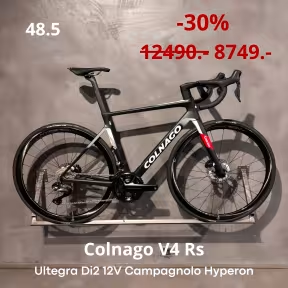
COLNAGO V4Rs
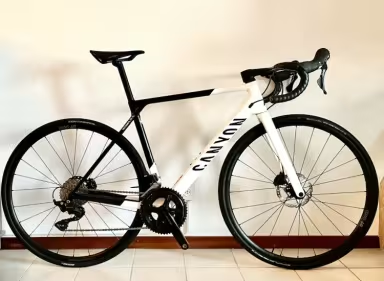
Canyon Ultimate CF SL 7
